I decided to spend my last day in Australia on the Great Ocean Road which runs 150 miles along the south-eastern coast. It was built between 1919 and 1932 by soldiers returning from war and is therefore considered to be the world’s largest war memorial. It would be easy to spend a week travelling along the coastline as there is plenty to see – my one day tour allowed me to see just a few of the highlights.
The tour company picked me up from my hostel and we headed towards the coast, where the Australian version of Torquay was our first stop for a quick coffee break. As we continued down the coastline we passed Winkipop and Bells beaches which are among the best surfing locations in the world. Bells is the only official surfing reserve in Australia and hosted the first modern professional surfing competition in 1973.
My time in Australia wouldn’t be complete without one more koala sighting, which I had when we stopped at the Kennett River. This was the first time I’d seen them in the wild and, as usual, they were fast asleep at the top of some very tall trees. The nearby parrots were more friendly and one of them sat on my hand while having a late breakfast courtesy of our tour guide. We then continued slightly inland to Maits Rest and took a walk through the temperate rain-forest there, which is part of the Great Otway National Park.
After stopping for lunch at The Roadhouse in Lavers Hill we drove back towards the coastline and one of the highlights of the Great Ocean Road – The Twelve Apostles. This is a collection of rock stacks a short distance from the cliffs. Each stack would have originally been attached to the cliff before the sea eroded purchase cheap viagra an archway which in turn collapased to leave the stack. It is debatable whether there are actually 12 stacks – they are gradually collapsing (most recently in 2005) and new stacks will eventually be formed. Nevertheless, they create a stunning view – one of the most iconic in Australia.
Slightly further down the coastline is Loch Ard Gorge, named after the ship which was wrecked there in 1878. The Loch Ard had left England 3 months earlier headed for Melbourne but heavy fog hid the nearby lighthouse from view and it ran aground on the reef leaving only 2 survivors. There are many more rock formations here too – Muttonbird Island, The Island Archway, and The Razorback. After a quick photo stop at Two Mile Bay (where you can see along much of the coastline back to The Twelve Apostles) we came to the London Arch. This is another famous rock formation which recently went through dramatic change. In a similar way to The Twelve Apostles, the sea eroded two archways through the rock, leaving a natural double-span bridge that was known as London Bridge. In 1990 the arch closer to the cliff collapsed leaving the formation that can be seen today.
Finally, we began the long drive back to Melbourne, which was also the start of my even longer journey home. I collected my bags from the hostel and caught the SkyBus to Melbourne airport ready for my 13 hour flight back to Doha and the further 6 hours to London. The Great Ocean Road was definitely a great way to finish my time in Australia!

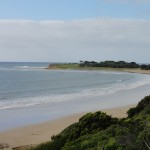
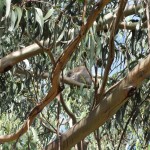

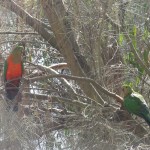
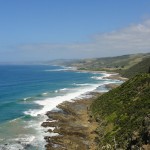
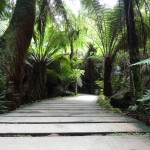
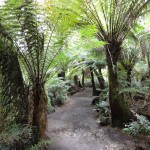
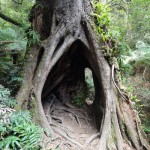
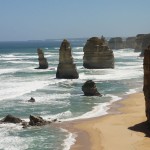

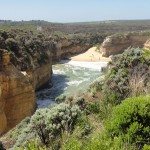
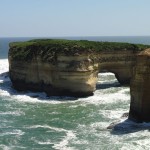
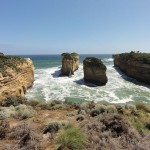
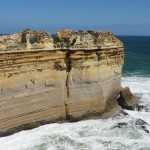
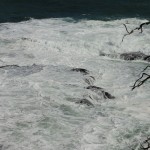
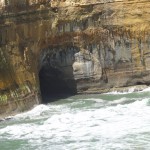
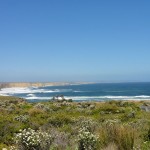
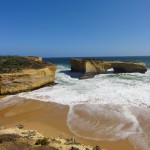
Hi Howie,
Fantastic and SO interesting – what a great end to a wonderful trip. Thank you for sharing it with us.
Love,
Mum xx
What a shame your travels are at an end, but i’m glad that you had a great time and look forward to getting more stories out of you…. They will compliment my lasgne rather well i think! See you on wednesday! xx
See you on wednesday! xx